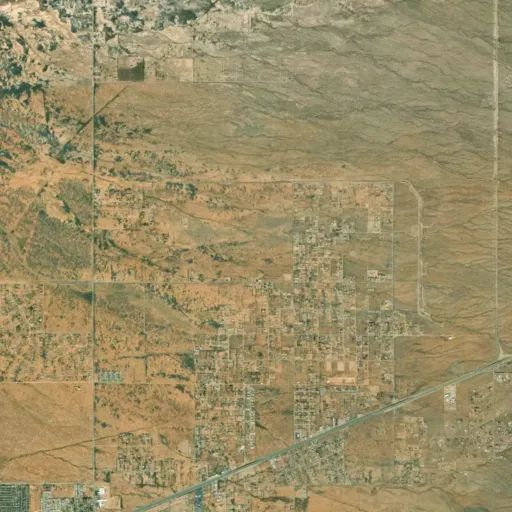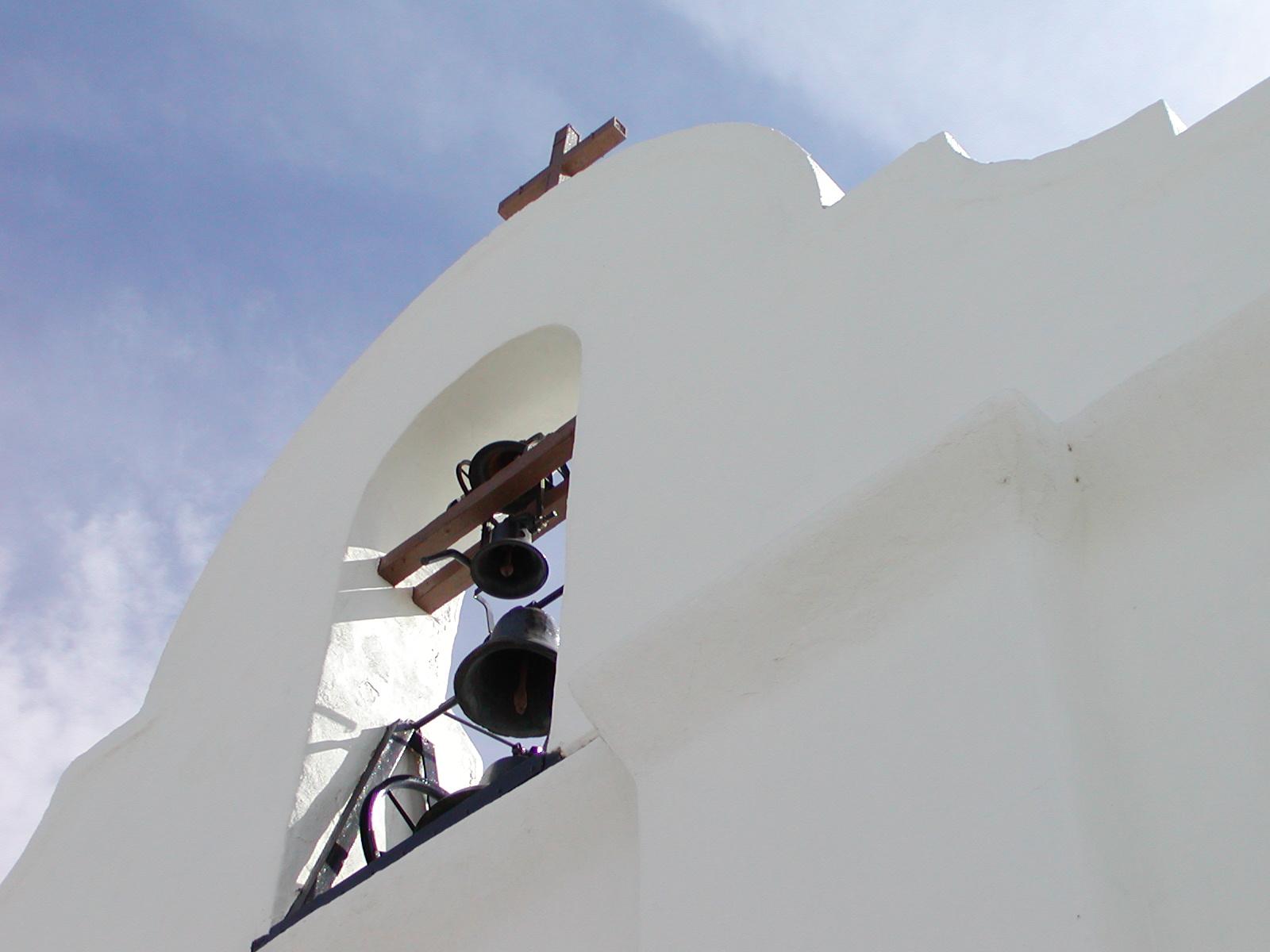San Andres National Wildlife Refuge was established by President Franklin D. Roosevelt under Executive Order 8646 on January 22, 1941 ‘for the conservation and development of natural wildlife resources’. The refuge’s primary resource management emphasis focused on restoring a remnant population of desert bighorn sheep (Ovis canadensis mexicana). Located in the southern portion of the San Andres mountain range in south central New Mexico, the refuge encompasses 57,215 acres and extends over 21 miles long and 6 miles wide. This area is the northern most extension of the Chihuahuan Desert and one of the largest connecting, relatively undisturbed Chihuahuan Desert land masses in the United States. The steep east slopes rise from 5,000 feet above sea level to an elevation of 8,900 feet on top of San Andres Peak. The refuge terrain is steep, rugged mountains and deep canyons. Vegetation communities range from Chihuahuan desert scrub in the lower elevations to pinyon-juniper woodlands at higher elevations. The refuge contains isolated spring-generated riparian areas tucked deep into its canyons, the only riparian habitat between the Sacramento Mountains to the east and the Rio Grande River to the west.
The San Andres Mountains have had a rich and colorful history. Evidence of early Native Americans including the Mogollon culture has been found on the Refuge dating back to 900 AD. Later, Apache tribes defended this land from European invaders until the 1880s.
For centuries Spanish explorers and others came and went along the west edge of the San Andres along the Camino Real. Legends persist of lost Spanish gold throughout the mountains.
Settlers in northern Mexico braved Apache reprisal to gather salt from spring-fed playas in the Tularosa Basin. On their “salt road,” they drank from San Nicholas Spring below the Refuge and the tracks from their wooden carts are still visible today in areas. Several skirmishes were fought between Apache Chief Victorio and the United States Cavalry in the San Andres Mountains. From the 1880s well into the Great Depression, prospectors hiked up and down the mountain range looking for minerals and hoping to strike it rich. The abandoned workings of old mines remain on the refuge. Ranchers colonized the area and raised cattle, “steeldust” horses and Angora goats up until the establishment of the White Sands Missile Range in 1945.
San Andres National Wildlife Refuge now lies within the boundaries of the 2.2 million acre White Sands Missile Range (WSMR), the largest military installation in the United States. The refuge is also bordered by the US Department of Agriculture’s Jornada Experimental Range to the west.
Since its establishment, the refuge has worked to conserve desert bighorn sheep. After the discovery of disease-causing scabies mites in the bighorn herd in 1978, the herd declined precipitously to one ewe by 1997. The refuge, White Sands Missile Range, and New Mexico Department of Game and Fish worked together to improve bighorn habitat, reduce incidence of the scabies mite, and control predators to create optimum conditions for bighorn recovery. By the early 2000s, the refuge and its partners were able to transplant desert bighorn back on to the refuge from Kofa National Wildlife Refuge in Arizona and the Red Rock bighorn breeding facility in New Mexico. Despite setbacks from disease, the herd has slowly recovered to about 200 animals.
Today, the refuge serves as a natural laboratory. Refuge staff conduct a variety of management and research projects. The focus of the refuge remains maintaining its resident population of desert bighorn sheep, but staff also devote time to managing invasive species, monitoring migratory birds, and conducting research.

















